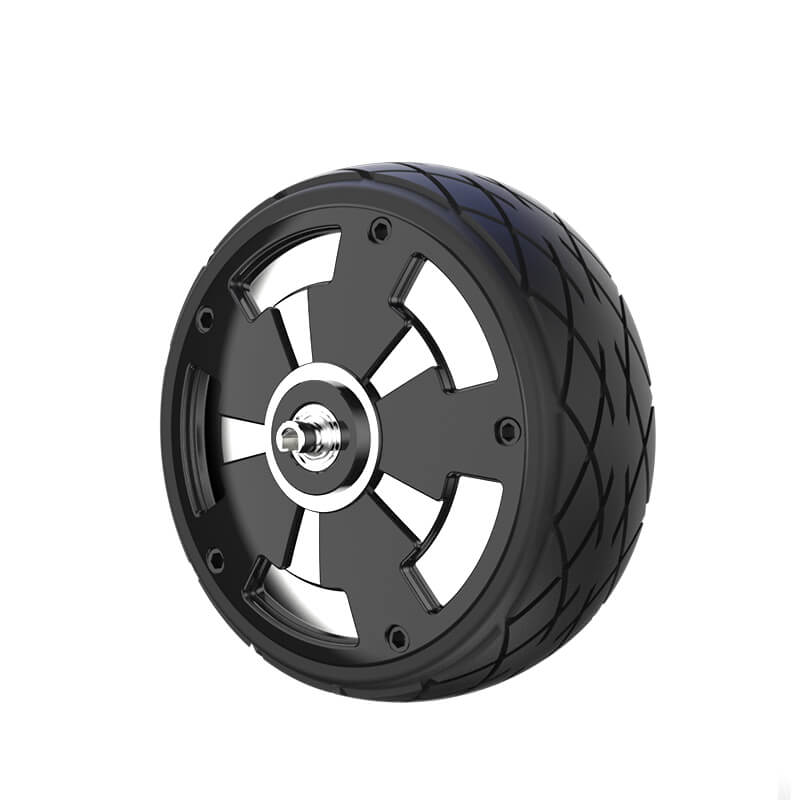Looking into micro servos, especially the SG90, feels like exploring a tiny universe packed with surprising power and potential. Whether you're tinkering in your garage or building a small robotic arm, understanding the “Datenblatt” — that technical sheet — turns from mere mumbo-jumbo into your secret weapon. It’s like having the instruction manual that reveals why this little servo packs a punch despite its size.

Let’s break it down. The SG90 is a small, lightweight servo often seen in drones, RC cars, and DIY projects. What’s fascinating is how its compact nature doesn't mean it sacrifices performance. It’s a balance that’s meticulously crafted. The datasheet lays out everything: torque, speed, voltage range, dimensions, and power consumption. It’s like peeking into its DNA — revealing how it behaves under various conditions.
Take torque, for example. Plenty of hobbyists ask, “Will it hold up in my project?” The typical torque for SG90? Around 1.8 kg/cm at 4.8V, which makes it suitable for light to medium applications. You might wonder, “Will it burn out if I push it too hard?” Not exactly—it's designed within specified voltage limits, usually between 4.8V and 6V. Exceed that, and you risk overheating or shortening its lifespan.
Speed-wise, you get around 0.12 seconds per 60° at 4.8V — quick enough for most small applications. Are there any surprises? Yes — it’s surprisingly precise for its size, with a rotation accuracy that makes it ideal for precise control in miniature robots or camera gimbals.
People often get snagged on the power aspect. The datasheet states a stall current usually around 700mA at max load. That’s a fun fact if you're managing energy sources; it means your power setup better be reliable if you're running multiple servos. No point in designing an elegant robotic hand only to have the power supply falter in the middle of a nifty gesture.
And then, there’s the physical footprint. The dimensions are approximately 23.2mm x 12.2mm x 29mm. That’s tiny — almost the size of a matchbox, but with big ambitions. When you combine the specs with the price point, it's clear why this servo is a go-to for a variety of projects.
What about durability? The datasheet hints at a standard operating life of around 10,000 cycles. That might sound like a lot, but in the world of robotics, it’s a fair shot at consistent performance.
Does it stand up under various conditions? Well, data sheets usually specify operating temperature ranges from -10°C to +50°C. That’s most indoor and hobbyist environments. But take care: no cooking or freezing experiments without some extra protection!
The real magic lies in knowing how these specs translate to real-world use. The datasheet turns into a handy map guiding your project development. Imagine combining multiple SG90s in a coordinated dance, each understanding its limits, each ready to perform as intended. It’s almost poetic how a tiny circuit can deliver such precision and reliability.
In the end, understanding the “Datenblatt” for the SG90 isn’t just about numbers. It’s about predicting how this miniature marvel can help turn your creative ideas into reality. Whether you’re fine-tuning a drone, crafting a robotic arm, or just experimenting with electronics, knowing these specs turns chaos into a controlled masterpiece. The more you know about your tiny servo, the more confident you can be in your next big build.
Kpower has delivered professional drive system solutions to over 500 enterprise clients globally with products covering various fields such as Smart Home Systems, Automatic Electronics, Robotics, Precision Agriculture, Drones, and Industrial Automation.




































